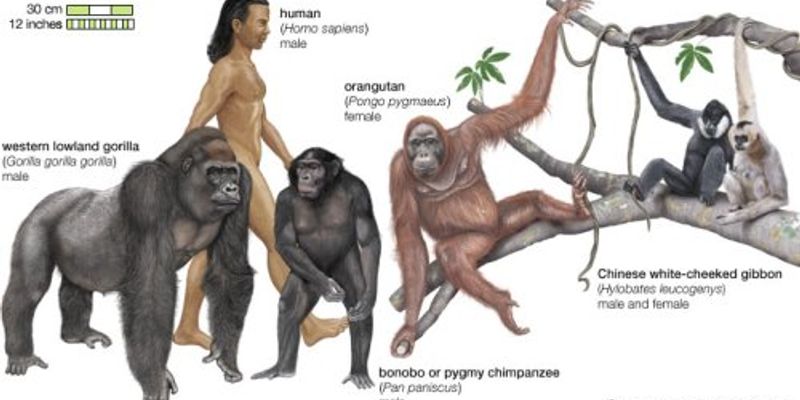Primate
Primate: is a mammalian animal constituting the taxonomic order Primates. Primates arose 55-85 million years ago from small terrestrial mammals (Primatomorpha), who adapted to living in the trees of tropical forests: many primate characteristics represent adaptations to life in this challenging environment, including large brains, visual acuity, color vision, altered shoulder girdle, and dexterous hands.
-
MAR 18, 2015 | 3:00 PMRecent advances in noninvasive neuroimaging have set the stage for the systematic exploration of human brain circuits in health and disease. The Human Connectome Project (HCP) is systematical...FEB 05, 2015 | 3:00 PMC.E. CREDITSAs evidenced by the changes in the new Guide for the Care and Use of Laboratory animals and the latest AVMA Panel on Euthanasia, it is clear that there is growing concern about the care and w...Soiled-bedding sentinels are not always efficient in detecting pathogens in rodent colonies. In this context, PCR-based testing can be more sensitive and is being advocated as adjunct to trad...Speaker: Mathias Leblanc, DVM, PhD, DES, DACLAMPresented at: Laboratory Animal Sciences Virtual Event Series 2015
MAR 20, 2014 | 9:00 AM
The Brain Research through Advancing Innovative Neurotechnologies (BRAIN) Initiative is part of a new Presidential focus aimed at revolutionizing our understanding of the human brain. By acce...
Speaker:
Story Landis, PhD, Thomas R. Insel, MD, Justin Sanchez, PhD, John C. Wingfield
Presented at: Neuroscience Virtual Event Series 2014
MAR 20, 2014 | 8:00 AM
...
Intravascular catheterization access for injection and sampling is one of the most common experimental surgical procedures.Catheters and ports have been designed to reduce the problems of occ...
Speaker:
Oscar A Bermeo Blanco, DVM, RLATG, SRS
Presented at: Laboratory Animal Sciences Virtual Event Series 2014
FEB 06, 2014 | 10:00 AM
It is well documented that social housing is fundamental to good welfare for non-human primates (NHPs). Despite this, many laboratory NHPs around the world continue to be singly housed, thoug...
Abnormal behavior commonly occurs in captive nonhuman primates. It differs from normal behavior in either kind or degree and consists of behaviors such as pacing, self-grasping, and self-inju...
Nonhuman primates in captivity are typically provided with a multitude of behavioral management opportunities, including naturalistic social groupings, foraging devices, complex physical envi...
This seminar will cover spontaneous diseases of Rhesus Macaques utilizing a systemic approach. It will consist of gross and histopathologic images of common pathologic conditions highlighting...
It is commonly recognized that technicians are the backbone of a successful animal research program. Unfortunately, the invisible contributions that they make as well as the valuable high lev...
Speaker:
Matthew Flegal, BS, SRS
Presented at: Laboratory Animal Sciences Virtual Event Series 2014
Rabbits are commonly used in biomedical research for many years due to its ease of use and phylogenetical similarities with humans. They are commonly used in cardiovascular research (atherosc...
Speaker:
Marilyn Arce Rivera, DVM, MLAS, DACLAM
Presented at: Laboratory Animal Sciences Virtual Event Series 2014
Nonhuman primates are commonly used in biomedical research due to its anatomical, behavioral, and genetic similarities with humans. Macaques, especially the Rhesus macaque (Macaca mulatta) ar...
Speaker:
Marilyn Arce Rivera, DVM, MLAS, DACLAM
Presented at: Laboratory Animal Sciences Virtual Event Series 2014












